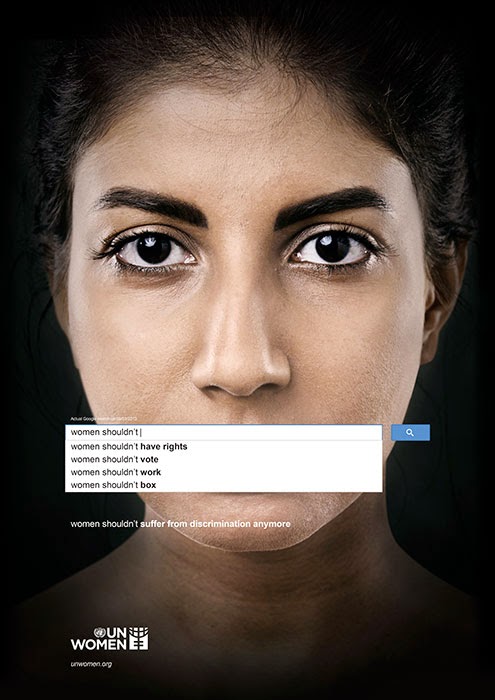I just wanted to share my real world application of the techniques we learned in class!
On Thanksgiving day I forced my man and my cat to have a photo shoot with me for our holiday card.
I used a tripod to get the clearest picture possible and adjusted the camera settings until I was happy with the image. My cat was rather uncooperative but after like a 1/2 hour we got this shot....
On Thanksgiving day I forced my man and my cat to have a photo shoot with me for our holiday card.
I used a tripod to get the clearest picture possible and adjusted the camera settings until I was happy with the image. My cat was rather uncooperative but after like a 1/2 hour we got this shot....
It obviously needed some work. I fixed my cats eyes and cropped us out of our living room and deposited us onto a festive background.
I love this class!
T












